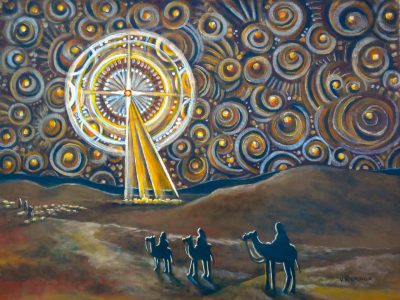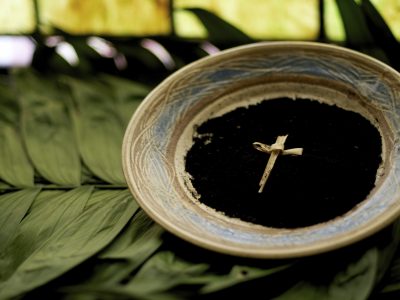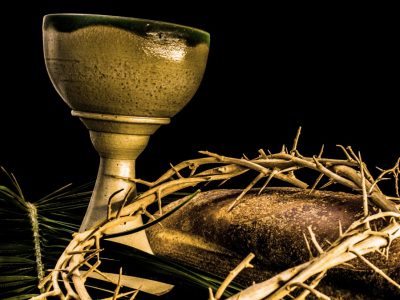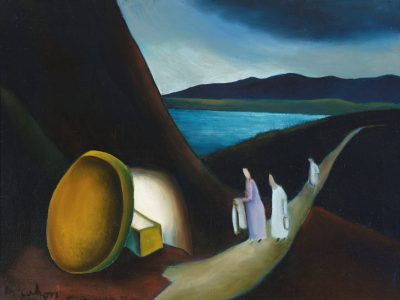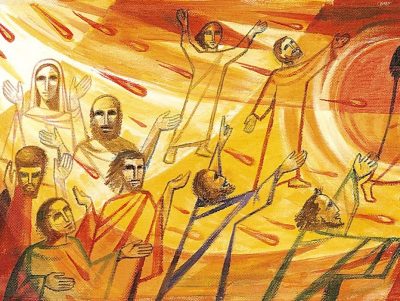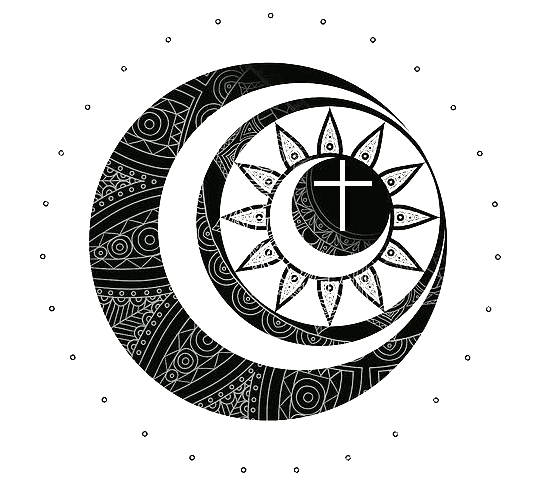Marking
In the Lutheran church, we use the liturgical calendar as a way to center our time in the Holy.
The Days
With the incarnation of God in Jesus, God entered into time, making ordinary time sacred. We mark our Sundays, and every day, around the life, death, and resurrection of Jesus. We do this, because as Roethke once said, “Time marks us while we are marking time.”
Ecclesiastes 3:1
Dorothy Bass, Receiving the Day
The Church Calendar
A Year that is anchored by the Birth and Resurrection of Jesus
The church year is centered around two main feast days: Christmas and Easter. Christmas is always the 25th of December in the Western church. It was set by Roman Christians following the Roman calendar, and so is linked to the sun. Many suggest the date was picked to celebrate Jesus’ birth because it was the Winter Solstice (the shortest day of the year), a time already full of religious festivity. Many Christians claim that Jesus was actually born on the 25th of December (even really early Christians). This may be true. Whatever the case may be, the lengthening of light in the Northern Hemisphere after the celebration of Christmas tells us a deep truth about the hope we have in Jesus.
Easter, however, moves around on our calendar, because it is linked to the lunar calendar. Easter in the West is determined to be the first Sunday after the first full moon after the vernal (Spring) equinox. This was a compromise to keep the festival close to Passover (determined by the Jewish calendar with is based on the lunar cycle) while not having it move too much (as it is, the earliest date that Easter can be is March 22 and the latest date that Easter can be is April 25).


“The liturgical year is the year that sets out to attune the life of the Christian to the life of Jesus, the Christ. It proposes, year after year, to immerse us over and over again into the sense and substance of the Christian life until, eventually, we become what we say we are—followers of Jesus all the way to the heart of God.”
-Joan Chittister, The Liturgical Year: the spiraling adventure of the the spiritual life
A Graceful Dance of Days
Because Easter is moveable, and we anchor the rest of the calendar to Christmas and Easter, there are very few church festivals that stay on the same day every year. The Saints’ days don’t move around (which we Lutherans acknowledge but don’t really do much with … though, we could do more). The other days that don’t move are Epiphany, which is always twelve days after Christmas (which is how long we celebrate the season of Christmas for), December 6th. All Saint’s Sunday is always November 1st. And we in many Protestant traditions celebrate Reformation Sunday on October 31st, the day that Martin Luther nailed the 95 theses to the door of the Castle Church in Wittenburg looking for a debate and sparking the Reformation.
The rest of the calendar ebbs and flows like seasons in a kind of graceful dance. Advent is always the four Sundays prior to Christmas, as a time of preparation for the coming of Christ into the world — not only remembering the first time around, but also preparing for the coming of Christ again.
Lent is the forty days (minus Sundays) prior to Easter, beginning on Ash Wednesday. Lent moves around as much as Easter does and Ash Wednesday is exactly 46 days prior to Easter so can be as early as February 4 and as late as March 10th.
Easter is a slightly longer season than Lent. And Pentecost, the celebration of the Spirit being poured out on all people and the birth of the church, is always 50 days after Easter, 10 days after Jesus’ Ascension into heaven.
To accommodate the celestial dance of Easter and the stability of Christmas, two other seasons change length. These seasons, called Ordinary time (because it’s counted time – “ordinal”), are the Season after Epiphany and the Season after Pentecost. These are considered seasons of growth in discipleship and following Jesus. They are the seasons of learning to be the church. Therefore, they are green.
If you’d like to learn more about each season, please click on the pictures below and they will take you to a page to learn about each season, and we have one whole page on Holy Week.
The Seasons
(Under Construction)


